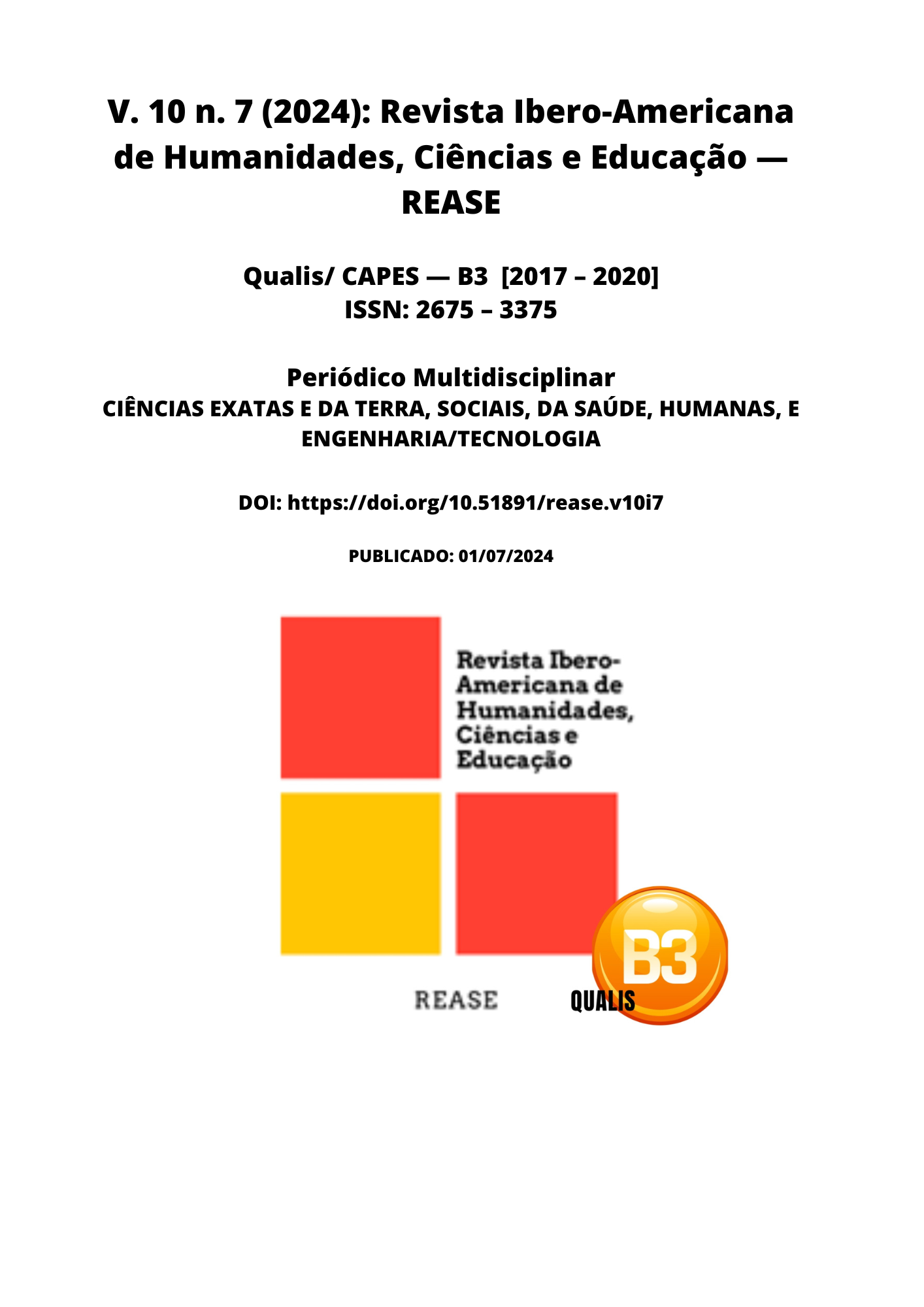THE IMPORTANCE OF THE TEACHING PROCESS IN EDUCATION WITH MOTOR AND COGNITIVE STIMULI IN THE INTERACTION OF VARIOUS TEACHING-LEARNING PRACTICES
DOI:
https://doi.org/10.51891/rease.v10i7.14949Abstract
In early childhood education, it is essential to work with sensations, motor and cognitive stimuli, interaction and creativity in various practices so that they can contribute to the physical and intellectual development of the child.In this way, it is perceived that the visual arts in the classroom have an important role to develop cognitive and motor stimuli in the formation of the child, instigating their imagination, creativity, interaction and perspective of world reading. Thus, the objective was to analyze the importance of the arts in the teaching process in children's education. This is an integrative literature review study conducted from August 2020 to November 2020. This study included original articles with qualitative analysis and books, theses and/or dissertations published in academic Google, published in Portuguese, using the health descriptors: arts, affectivity and early childhood education. In addition, the classical theories of Henri Wallon (1879-1962).
Downloads
Downloads
Published
How to Cite
Issue
Section
License
Atribuição CC BY

